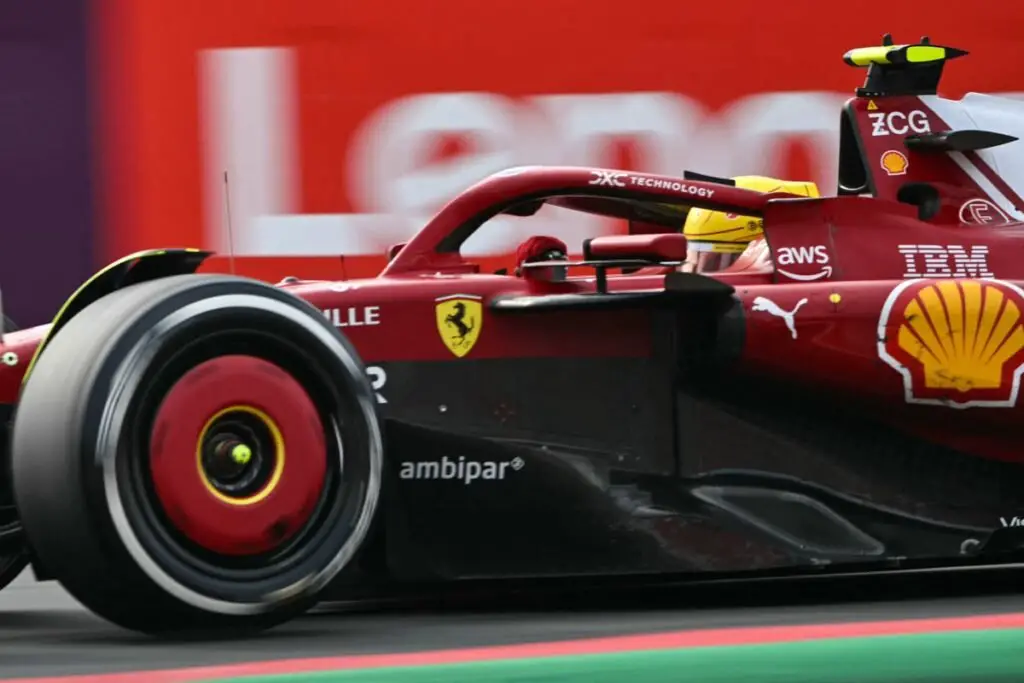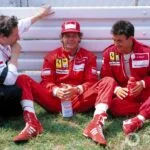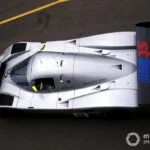Ferrari’s Weight Disqualification: A Costly Mistake at the 2025 Chinese GP
The 2025 Chinese Grand Prix will forever be remembered as a race where Ferrari wished for an early finish on Saturday, following Lewis Hamilton’s sprint race victory. However, events took an unexpected turn, leading to fervent wishes from the Scuderia team.
A Weighty Matter: The Minimum Car Weight Rule
The Chinese Grand Prix saw a rapid escalation of events, with Hamilton and Charles Leclerc qualifying fifth and sixth respectively, albeit mildly disappointed. In the grand prix, Leclerc collided with Hamilton on the opening lap, but managed to maintain pace despite a broken front wing. This prompted the team to order Hamilton to let Leclerc pass, a decision that Hamilton found challenging. However, Leclerc derived little benefit as Verstappen overtook him during the second stint.
Both drivers were later disqualified for different reasons after the race, leaving them and team boss Frederic Vasseur scrambling for explanations in their respective press conferences. The disqualifications were unavoidable, with no defense or mitigation offered except a mea culpa.
A Historical Precedent: Weight-Related Disqualifications
Leclerc’s disqualification was due to his car being slightly below the minimum weight limit of 800kg. This is a rule that has been in place for 30 years, introduced by the FIA to reduce disadvantages faced by taller and/or heavier drivers. However, the rule had its loopholes, as demonstrated by Michael Schumacher’s antics in the pre-season weigh-in.
The loophole was closed with post-race weigh-ins, but the incentive for drivers to be as light as possible remained. Most cars were built underweight and brought up to the minimum with ballast weights. Although there’s less wiggle room now, most cars on the grid still come in below the limit and carry ballast.
In Leclerc’s case, his car was weighed along with the remains of his endplate, which had been recovered from the track. At this point, it was bang on the limit; re-weighed with a spare front wing, it was actually heavier. Once the mandatory two litres of fuel had been drawn for testing, the car was found to weigh 799kg.
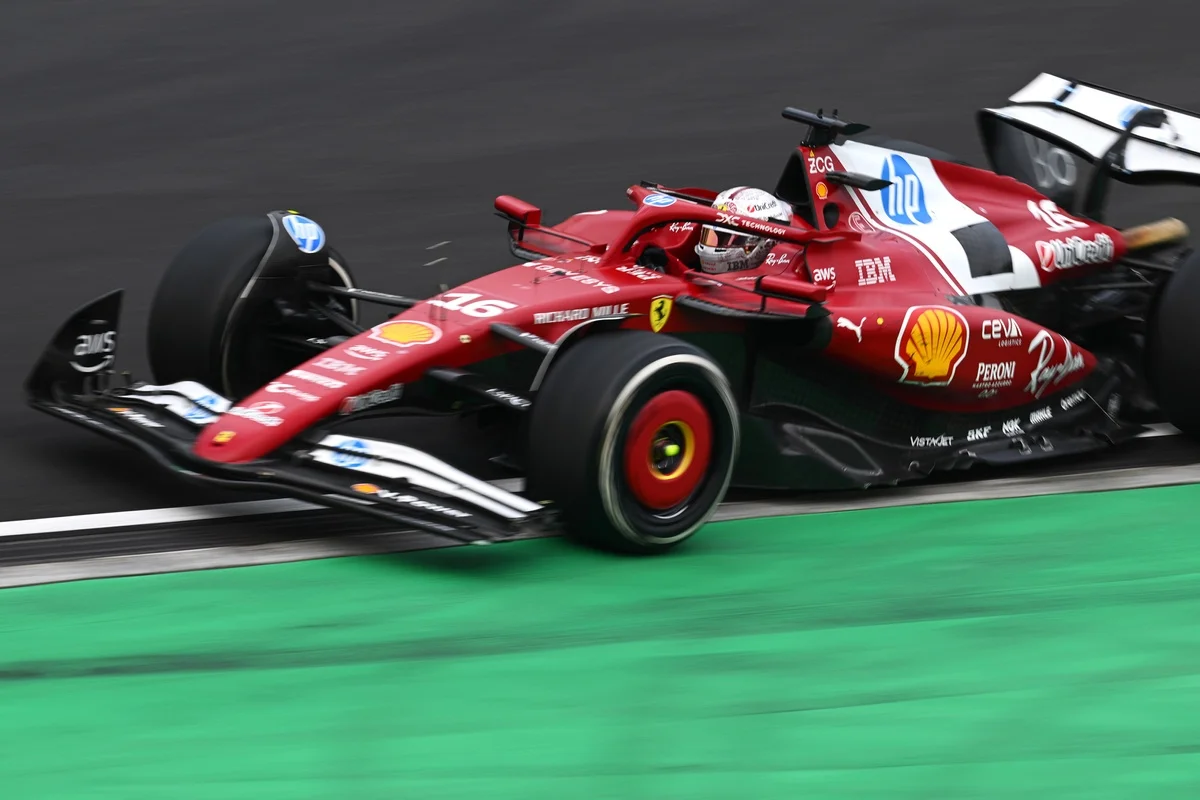
The Impact of One-Stop Strategies
In an official statement, the team blamed excessive tyre wear caused by Leclerc being on a one-stop strategy. However, even F1’s official tyre supplier predicted this to be a two-stop race, and the new C2 hard compound turned out to be more durable than expected.
While Racing Bulls appeared to be the only team unprepared for this eventuality, Hamilton stopped twice, taking on mediums for his final stint. This strategy proved beneficial as he only lost one position on track while doing so.
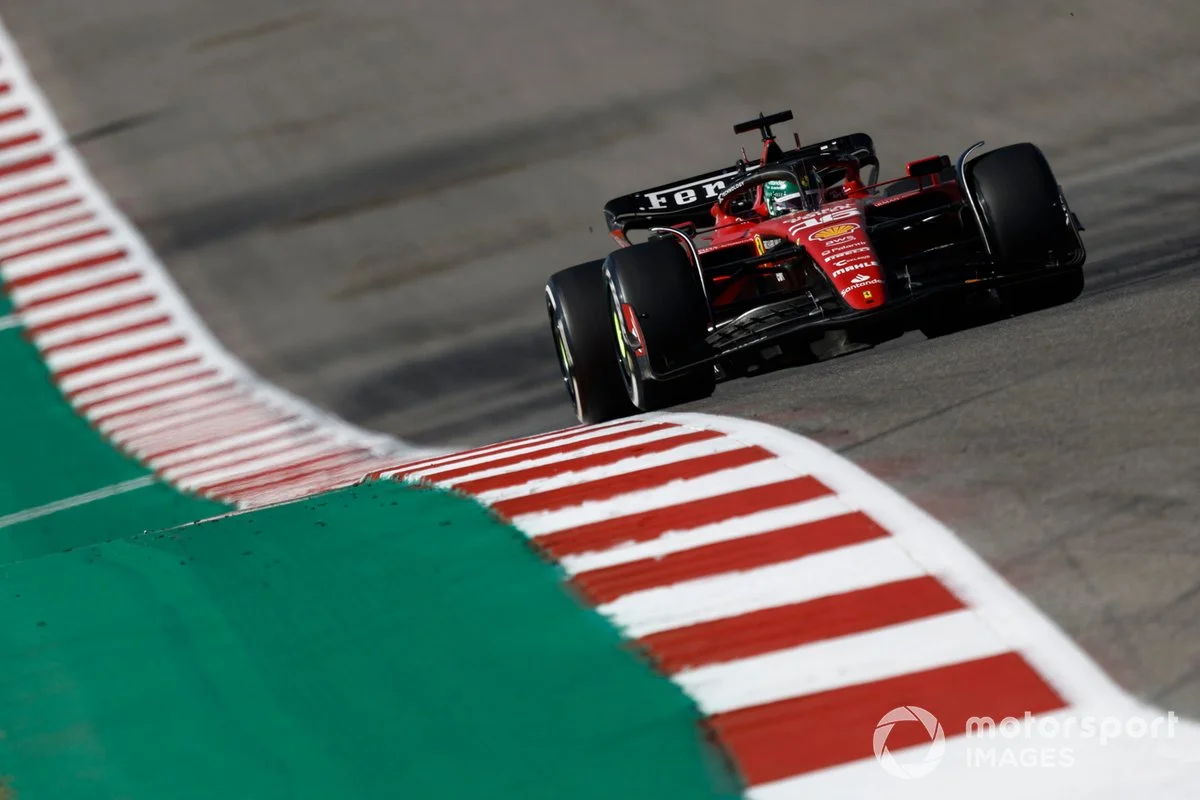
A Familiar Predicament: Previous Disqualifications and Lessons Unlearned
Last year, George Russell was disqualified after finishing first in Belgium for being 1.5kg underweight. Mercedes’ rationale was similar to Ferrari‘s – Russell was on a one-stop strategy, he had lost weight through sweat, and the car had lost weight through plank and tyre wear.
However, the swap to a single-stop strategy in Belgium was unplanned. The majority of the field stuck to two stops and didn’t see it coming. F1 is a sport of fine margins, and cars cannot afford to run heavier than absolutely necessary. But Mercedes inadvertently crossed a line in Spa last year and learned from its mistakes.
Other competitors should have learned from this obvious lesson too – and, given that a one-stopper was more of a possibility in Shanghai this weekend, Ferrari had an opportunity to mitigate the effects of tyre wear.
A Repeat Offender: Hamilton’s Disqualification
Hamilton’s disqualification will be just as painful because this, too, has happened before – to Lewis himself, in Austin in 2023. Leclerc was disqualified from the same race, for the same reason: excessive skid pad wear.
At the time, Mercedes and Ferrari said they had been caught out by the “unique combination” of a bumpy track with a sprint weekend format “that minimised the time to set up and check the car before the race”. While China was also a sprint weekend, the freshly resurfaced track was anything but bumpy.
Also, Ferrari changed the set-up of Hamilton’s SF-25 between the sprint race and grand prix qualifying. Lewis complained it “really put the car on a knife-edge” – did these changes contribute to his car bottoming out too much? Even if not, this was still an own goal. Tellingly, offered no mitigation and told the stewards it was a “genuine error”.
A Shift in Direction: Ferrari Under Vasseur
Under Vasseur, Ferrari has been noticeably less chaotic than in the past. But the events of China show that old habits are difficult to shake, even for a team under new management. The weight disqualifications serve as a stark reminder of the need for vigilance and attention to detail in Formula 1.

